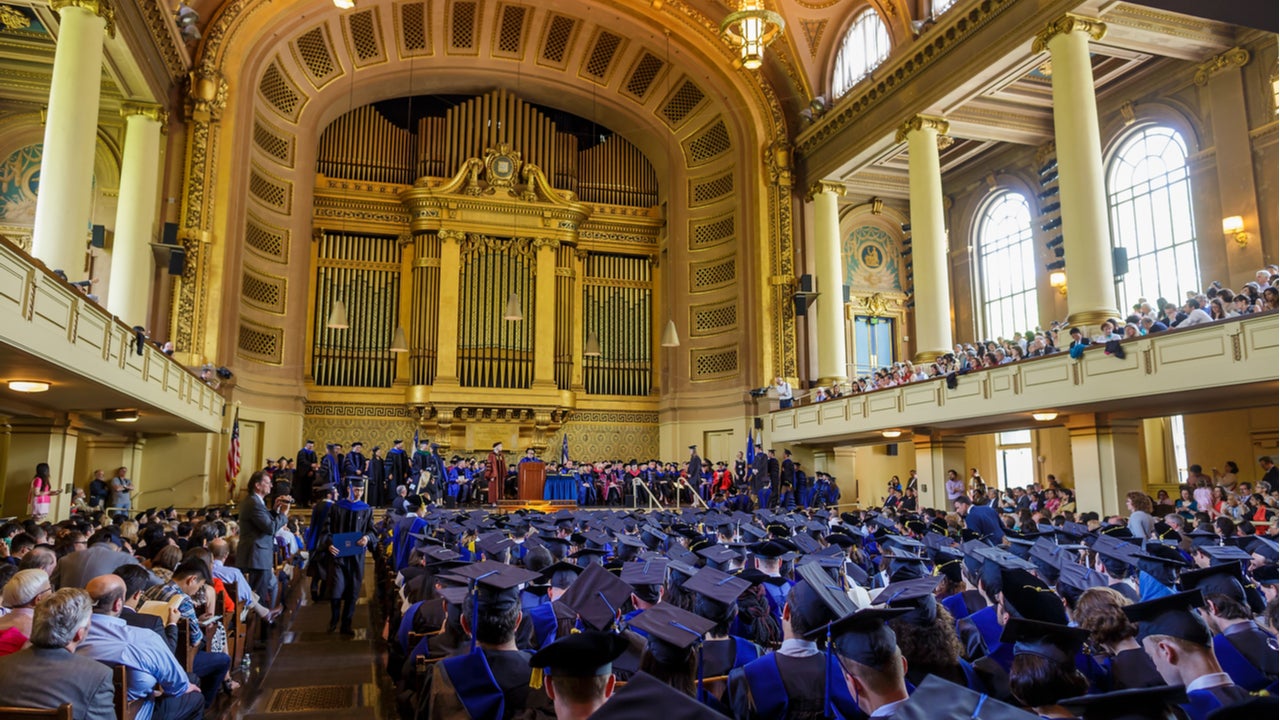Law school loan forgiveness and repayment options

Key takeaways
- While not specific to the law field, income-driven repayment plans will cancel your remaining federal student loan debt after 10 to 25 years of repayment.
- Some law schools and states offer Loan Repayment Assistance Programs (LRAPs), which are often available based on income and with preference given to lawyers working in lower-paying law professions in the public sector.
- Student loan forgiveness and repayment programs can erase some or all of your federal student loan debt for law school and possibly even private student loan debt.
Although many lawyers earn high salaries over their careers, the average law school graduate has $130,000 in student loan debt. This daunting debt might make students wonder whether law school is worth it. Fortunately, a variety of repayment programs and student loan forgiveness can help ease this six-figure debt burden. These loan repayment options are offered by law schools and federal and state governments. To qualify, you’ll need to meet a few key requirements.
Law school repayment options vs. forgiveness
Student loan repayment programs and forgiveness can erase some or all of your federal student loans. Some even reduce private student loan debt.
Law school loan repayment plans
Law school loan repayment options don’t have employer requirements. Instead, they offer you an alternative payment plan that makes repayment more affordable. Terms of eligible federal loans, for instance, might be extended from a standard 10-year period to a 20- or 25-year period. This helps reduce your monthly installment loan payment, but you’ll pay more interest over time.
Depending on your repayment plan, you might be eligible for loan forgiveness on any remaining balance once your term ends.
Student loan forgiveness
While law school loan forgiveness programs vary in scope, they usually require you to work in a public service capacity like practicing law for a government entity or nonprofit organization. Some law school forgiveness programs forgive all of your debt once the requirements are met, while others offer partial forgiveness.
5 law school loan repayment and forgiveness programs
Whether you owe a considerable amount in law school debt already or you’re considering a career in law and wondering what your forgiveness options may be after obtaining law school loans, it’s smart to research forgiveness programs ahead of time.
Here are the main law loan forgiveness and repayment programs, how they work and who they’re best for.
State Loan Repayment Assistance Programs (LRAPs)
Best for: Lawyers who qualify for their state’s program.
About two dozen tates also offer their own Loan Repayment Assistance Programs (LRAPs) for lawyers, although relief options vary widely. The amount of forgiveness you can qualify for depends on the state where you live and other factors.
Law School-Based (LRAPs)
Best for: Lawyers with low incomes or those who work in high-need areas.
More than 100 different law schools also offer their own LRAPs. Generally speaking, these programs are available to lawyers based on salary, with preference given to those who work in lower-paying law professions in the public interest sector.
For example, at Boston College Law School, the annual awards have ranged from $500 up to $10,000 in recent years. First-time applicants who attended the school in the last two years must earn less than $100,000 and work in a public-interest career to be eligible. Applicants can continue receiving an award for up to 10 years after their graduate date or until their incomes reach $150,000.
Department of Justice Attorney Student Loan Repayment Program
Best for: Lawyers who work for the Department of Justice.
Department of Justice employees can apply for this forgiveness program as long as they have at least $10,000 in federal student loans and meet other criteria. Most federal student loans qualify, and you can apply for up to $6,000 in forgiveness per calendar year, with a lifetime maximum of $60,000.
Public Service Loan Forgiveness (PSLF)
Best for: Lawyers with low incomes.
With income-driven repayment plans, lawyers pay a percentage of their discretionary income for 10 to 25 years before having their remaining loan balance forgiven. The Department of Education offers several of these plans. It announced in December that it was reopening enrollment in two retired plans: the Pay As You Earn (PAYE) and Income-Contingent Repayment (ICR) plans. Enrollment will stay open until July 1, 2027, as an alternative to the legally embattled Saving on A Valuable Education (SAVE) plan.
- Pay As You Earn (PAYE) (Open until until July 1, 2027)
- Saving on A Valuable Education (SAVE)
- Revised Pay As You Earn (REPAYE)
- Income-Based Repayment (IBR)
- Income-Contingent Repayment (ICR) (Open until until July 1, 2027)
Income-driven repayment plans are not specific to the law field, so anyone can qualify if they have eligible federal loans. You’ll pay 5 to 20 percent of your discretionary income while on these plans, which might be a problem for lawyers with a very high income — payments could exceed what you’d pay on the standard plan. Use a loan simulation calculator to see if an IDR plan makes sense for you.
Best for: Lawyers who plan to work for the government or in the nonprofit sector.
Public Service Loan Forgiveness (PSLF) will forgive eligible federal student loans after borrowers make 120 on-time monthly payments in the program. To qualify, you must be on an income-driven repayment plan and work full-time for an eligible employer, which could be a federal, state, local or tribal government or a nonprofit organization.
You also need to have Direct Loans to qualify for PSLF. If you have other types of federal loans, they must be consolidated with a Direct Consolidation Loan before your monthly payments will count.
Income-driven repayment plans
Should you refinance law school loans?
If you have student loans that aren’t eligible for loan forgiveness or repayment programs, you may want to consider refinancing your student loans.
Borrowers with a good credit score and a solid income may be eligible for a lower interest rate than what they’re currently paying. A lower interest rate could save you hundreds or thousands of dollars in total interest and make monthly payments more affordable.
Before refinancing federal student loans, consider what federal benefits you may want to take advantage of in the future. Refinancing turns federal loans into private loans, meaning you’ll lose the option to switch to an income-driven repayment plan, pursue loan forgiveness or access one of the many generous deferment or forbearance programs that the government offers.
Bottom line
If you’re struggling with law school debt and not sure where to turn, law school loan forgiveness programs and loan assistance repayment options can help. Just make sure to read the fine print so you know what you’re getting into and whether you truly qualify.
If you mostly have private student loan debt, you may not be eligible for many traditional loan forgiveness programs. In that case, consider whether refinancing your student loans can help you secure a lower interest rate, a lower monthly payment, or both.
You may also like

How to get Perkins Loan forgiveness in 2024





